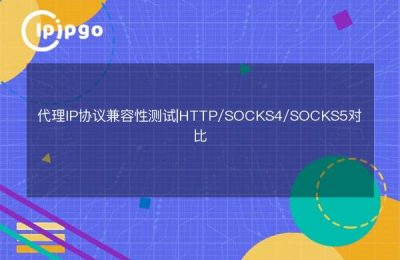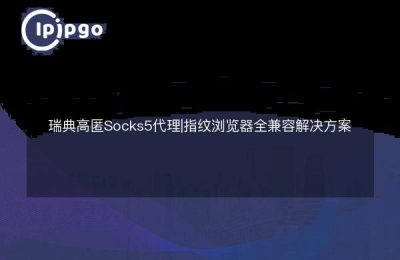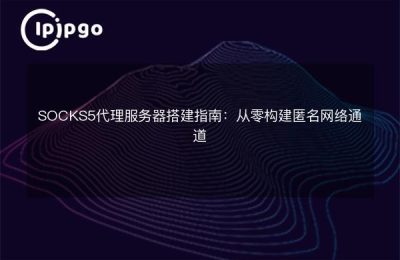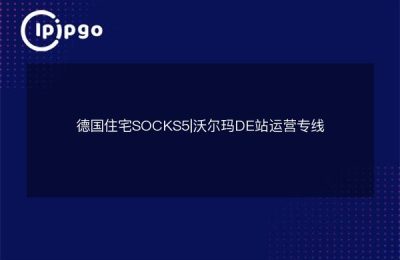
Socks5 proxy protocol parsing methods and applications
What is Socks5 Proxy Protocol
In our daily life, we often encounter situations where access to specific websites is restricted or the internet connection is slow. In order to solve this problem, the Socks5 proxy protocol was created.
So what exactly is Socks5 proxy protocol, Socks stands for "Socket Secure", a network transport protocol that establishes a connection and transfers data between a client and a server.
Socks5 proxy protocol parsing method
To gain a deeper understanding of the Socks5 proxy protocol, we first need to understand the structure and workings of the Socks5 protocol.
1. Handshake phase
In the Socks5 proxy protocol, the client first needs to perform a handshake with the proxy server to establish a secure connection. During the handshake phase, the client sends an initial handshake request to the proxy server, which contains a list of supported authentication methods. The proxy server selects and returns an authentication method to the client based on the request sent by the client.
2. Certification phase
In the authentication phase, the client needs to authenticate according to the authentication method returned by the proxy server. Common authentication methods include no authentication, user name and password authentication, and so on. The client sends the appropriate authentication information to the proxy server for authentication based on the negotiated authentication method.
3. Connectivity phase
In the connection establishment phase, the client needs to send a request to the proxy server, which contains information such as the address and port number of the target server to be connected. After receiving the request, the proxy server establishes a connection with the target server and returns the relevant information to the client.
4. Data transmission phase
After completing the handshake, authentication and establishing the connection, the Socks5 proxy starts to transfer data. The client sends the data to be transferred to the proxy server, which in turn sends the data to the target server and returns the target server's response to the client.
Application of the Socks5 proxy protocol
By understanding how the Socks5 proxy protocol works, we can better apply it to solve real-world problems.
1. Breaking through network constraints
Many places or network environments have restricted access to specific websites, making it impossible for us to access them normally. Using Socks5 proxy protocol, we can access these restricted websites through a proxy server to break through the network restrictions and realize free access.
2. Improving network speed
In some cases, our internet connection may be very slow, resulting in the inability to browse the web or watch videos smoothly. By using the Socks5 proxy protocol, we can choose a proxy server with a faster connection speed, thus increasing the network transmission speed and getting a better internet experience.
3. Hide the real IP
Sometimes we need to protect our privacy and don't want others to trace our real IP address. Using Socks5 proxy protocol, we can relay network connections through a proxy server to hide our real IP and protect our privacy.
sample code (computing)
Below is a sample code that uses the Socks5 proxy protocol:
def connect_with_socks5_proxy(target_host, target_port, proxy_host, proxy_port): socks.set_default_proxy(socks. port) socket.socket = socks.socksocket
client = socket.socket(socket.AF_INET, socket.SOCK_STREAM) client.connect((target_host, target_port))
# for subsequent data transfers
client.close()summarize
By analyzing and applying the Socks5 proxy protocol, we can better use proxy servers to break through network restrictions, increase network speed and protect privacy. Understanding the structure and working principle of the protocol is the basis for understanding and applying Socks5 proxy protocol, and at the same time, we should pay attention to choosing a reliable proxy server to ensure the security and stability of network connection.








